A reminder that the Artist Trading Cards evening is tomorrow night, August 2, 2018 at 7:00 p.m. at the Confederation Centre of the Arts.
Although the “trader” deadline has long since passed (there are 33 of us in total, as of this morning’s count), the event is open to the public (of all ages), and there will be music from Todd MacLean, snacks, and a cash bar.
I wasn’t content to make a simple “card” this year, so I made a single-signature book plus cover, printed on my letterpress; it is an “interactive card,” where traders will assemble the book themselves, either during the trading round or, more likely given the lightning-fast timing thereof, during the mingling time afterwards.
Thus the assembling of the book allows the themes of the book to spring to life; and in doing so also provides cover for traders not skilled in the mingling arts to have a distracting activity in which to engage while everyone else is networking, canoodling, kibbitzing, etc.
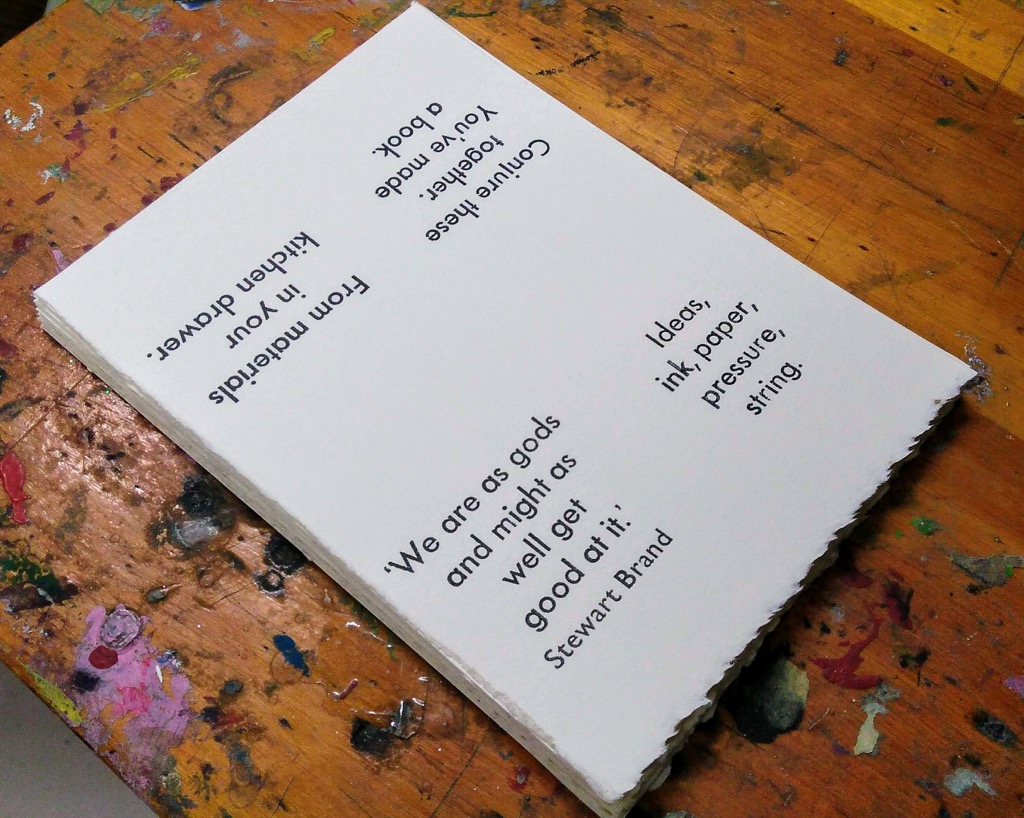
Ten years ago I was an active and enthusiastic Nokia fan: I’d purchased a Nokia N95 in April (at the time, the cat’s pajamas of a mobile device), Plazes, which I was doing some contract work for, had just been purchased by Nokia, and Nokia was doing interesting things with maps and other web services. If you were interested in mobile devices and the web, Nokia was it.
Starting on July 10, I switched from posting photos on Flickr to, instead, posting them on Share on Ovi, both to support the home team, and to allow me to experiment with writing code that integrated with Ovi services.
Six months later, in November 2008, I moved back to Flickr.
Nokia subsequently shut down its Ovi services after its acquisition by Microsoft, and as a result of this, the photos I embedded in 52 blog posts here are missing.
Starting on July 10, 2008 with Interlude Open on Saturdays and ending on September 28, 2008 with Sneaky Ghost Cats, Nudity, etc., there are grey holes where the images should be, like this:
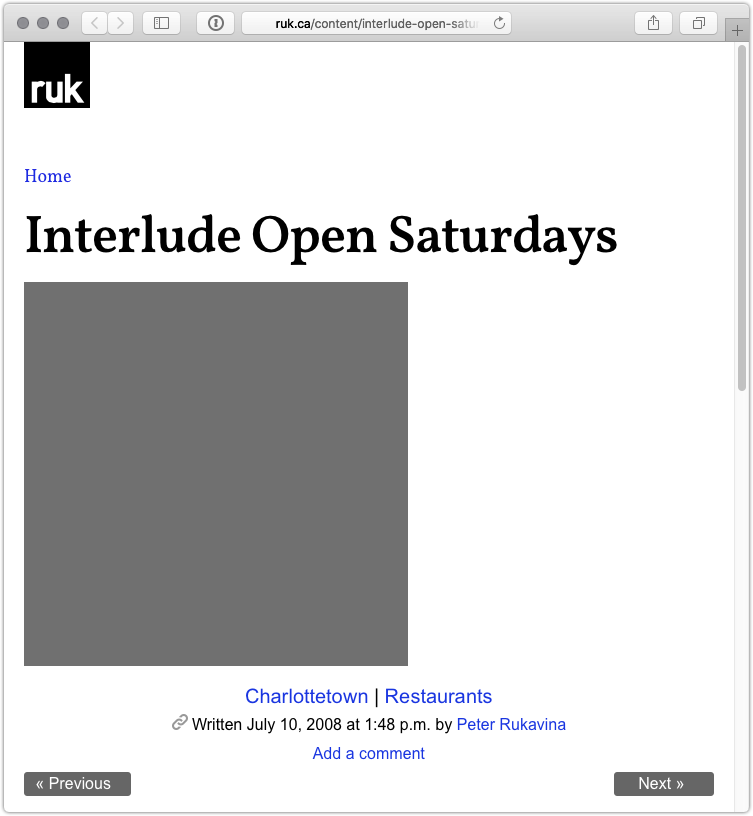
My reason for moving to Share on Ovi prompted me to think about the resiliency of my photo storage routine; as I wrote on July 11, 2008 in the post Decentralized Social Photo Management?:
Recently, though, I got skittish: when faced with the notion that, if Microsoft were to acquire Yahoo!, my photos would be part of an evil empire, I started to think about alternatives. My experimenting with Share on Ovi, Nokia’s social photo alternative to Flickr, only reinforced my misgivings (I like Ovi, especially the one-click upload from my phone, but it suffers from the same “walled garden” qualities that Flickr does).
Which got me thinking: is it necessary to store and manage the actual bits of my photos in the same place as my photos exist as social objects? While it’s obviously in corporate best interests to have the two wedded — there’s nothing like photo-lock-in to build “customer loyality” — it’s not necessarily in my best interests, no matter how enlightened the outsourcer or rich their community.
Ironically, given what I wrote then, Flickr’s still here, and Share on Ovi is long gone.
It’s been a while since I embedded photos where from third-party services. This is partly because of privacy concerns–Flickr started including a bit of tracking JavaScript with its embed code a few years ago–but mostly to address the resiliency issues I’d been thinking about for more than a decade.
Unfortunately it looks like there’s no easy way back from the dark ages that resulted from Share on Ovi’s demise: the site wasn’t archived by the Internet Archive. I likely have the photos themselves stored locally, though, and by going through each of the 52 blog posts in question and figuring out which photo should go where, I should be able to recreate the posts.
In the meantime, though, it’s all a helpful cautionary tale about the dangers of relying on “free” services to provide essential roles of a personal publishing regime.
Our neighbourhood has been graced by a new high-end ice cream truck called Truckin’ Roll. It’s parked on Church Street, on the edge of the (suddenly-burgeoning hipster hangout) Charlottetown Boulder Park. Ice cream, prepared before your very eyes, costs $8.25.
The ice cream truck is housed in a 1950s postal truck that’s a remarkable piece of vehicular architecture, irresistible for someone with a sketchbook. I managed to drive it off the side of the page, despite my best intentions.
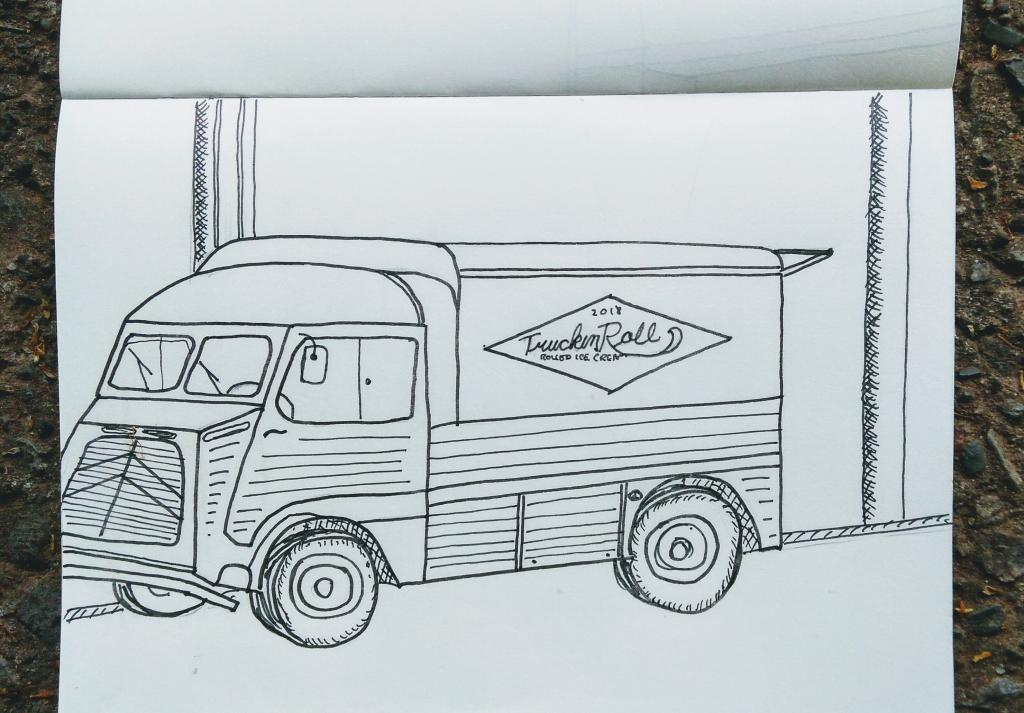
Window screen plus magnets plus Jetta.
The magnets are in aisle 10 at Canadian Tire in Charlottetown, where the nuts and bolts are displayed; personally I would have put them with the Velcro or the glue, but I can see their logic just as well.
Postscript: it worked like a charm. Not only were we cool (and cooler as the night wore on), but we didn’t have to run the fan from time to time to defog the windshield. It felt weird being at the drive-in with the windows “open,” as we’ve always had to keep them closed to keep the bugs out. The cart next to us was a VW Beetle convertible that kept its top down throughout the film, and dealt with the bugs via bug spray; this mean we also had to be quiet(er).

I’m prototyping in the shop this afternoon, figuring out imposition, how to maximize the number of sheets of 5 inch by 7 inch paper I can cut out of a larger sheet, and how to sew a binding.
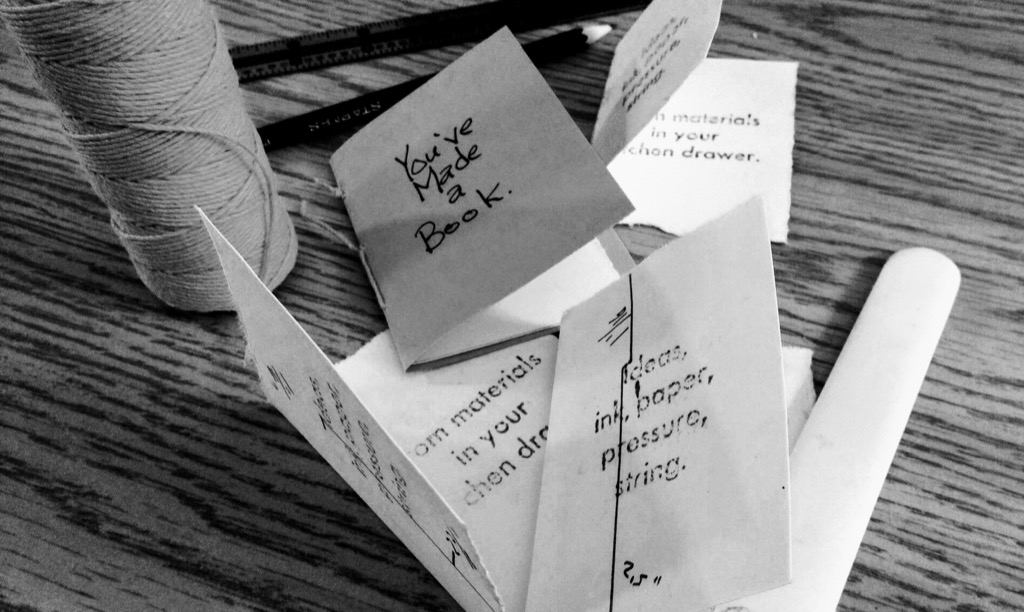
We arrived at the Charlottetown Farmers’ Market this morning to find Ross Munro’s bagel counter cleaned out and ready for a new vendor.
We had a brief moment of panic. And then saw the sign next door at Gallant’s offering salmon bagels: they’ve jumped in to fill the void.
Gallant’s offers a different take on the standard: they add cucumbers and lettuce, and, at least for now, they’re using citrus-cured salmon rather than smoked. They’re also using local bagels, crafted by Angel, which is a welcome first.
And so, as the Dormaar era gave way to the Munro era, so does the Munro era give way to the Gallant era.
We will miss our weekly visit with Ross’ kids, who gamely kept the booth going after Ross headed west for work. They were always friendly and helpful. The market won’t be the same without them.

An excellent story from JP Arsenault, whose blog I just connected with (thank you to James Randall at the Institute of Island Studies, where JP has just joined the Advisory Committee for that connection):
Anyone who has moved knows how challenging it can be to deal with the little things, like changes of address. During six months of homelessness, we’ve had no place but a P.O. Box to send mail. For most of the 25 or so organizations, government agencies, and businesses we deal with, not a problem. For a couple, however, the bank for example, it’s: “Sir, we need to have a physical address.” So I make something up; could be City Hall or the Lieutenant Governor’s Residence for all they care.
It reminds me of the day in September 1971 when I registered for my first term at the University of New Brunswick in Fredericton. The clerk at the Registrar’s Office took down all my particulars, then asked me for my phone number: “8”, I replied. “8? 8 what?” “Number 8 Wellington”, I said proudly. “There’s no such number”, says she. “Give me the phone and I’ll call my mother”, says I. So I did, and let her say hello to Yvonne. Another of life’s tiny triumphs for a kid from the sticks.
The Institute will be well-served by JP’s counsel.
The upside of owning the means of production is that you can create just-in-time. In this case I still have a week today until the Artist Trading Cards event at Confederation Centre of the Arts.
Here is a sneak peak of the type that will print part of my piece:
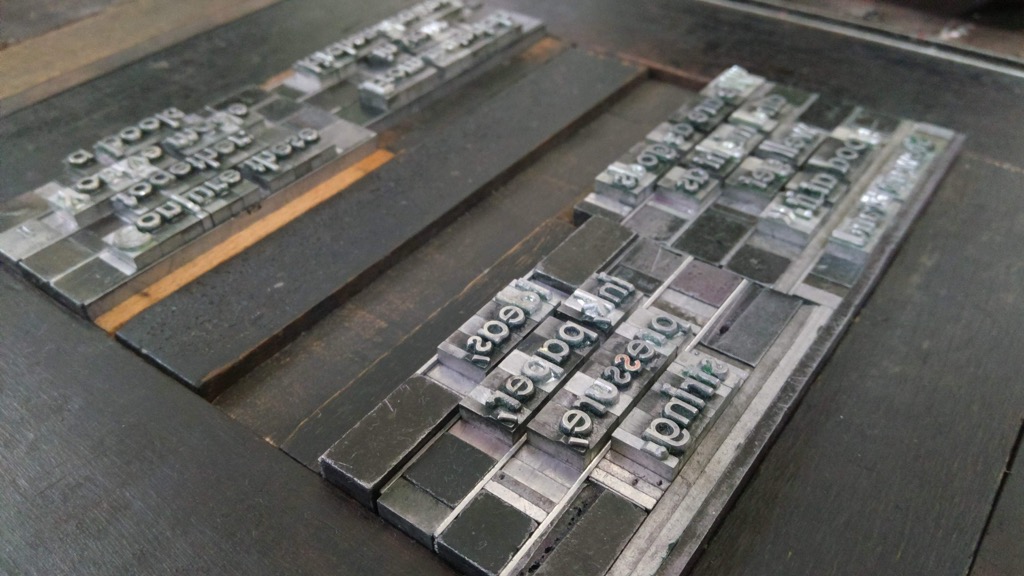
Although the “trader” deadline has passed, the event is open to everyone, of all ages, starting at 7:00 p.m. next Thursday, August 2, 2018, in the art gallery. There are snacks and the musical stylings of Todd E. MacLean.
Following on from yesterday’s experiments with visualizing street orientations, I set out to visualize just the streets of Charlottetown’s 500 Lot Area, the historic area at the core of the city, south of Euston Street from Government House to Joe Ghiz Park.
To be able to do that I first needed to create the 500 Lot Area in OpenStreetMap; I used Appendix J of the Charlottetown Zoning and Development Bylaw as my guide, and carefully traced the area as a boundary in the OpenStreetMap Editor; here’s the result:
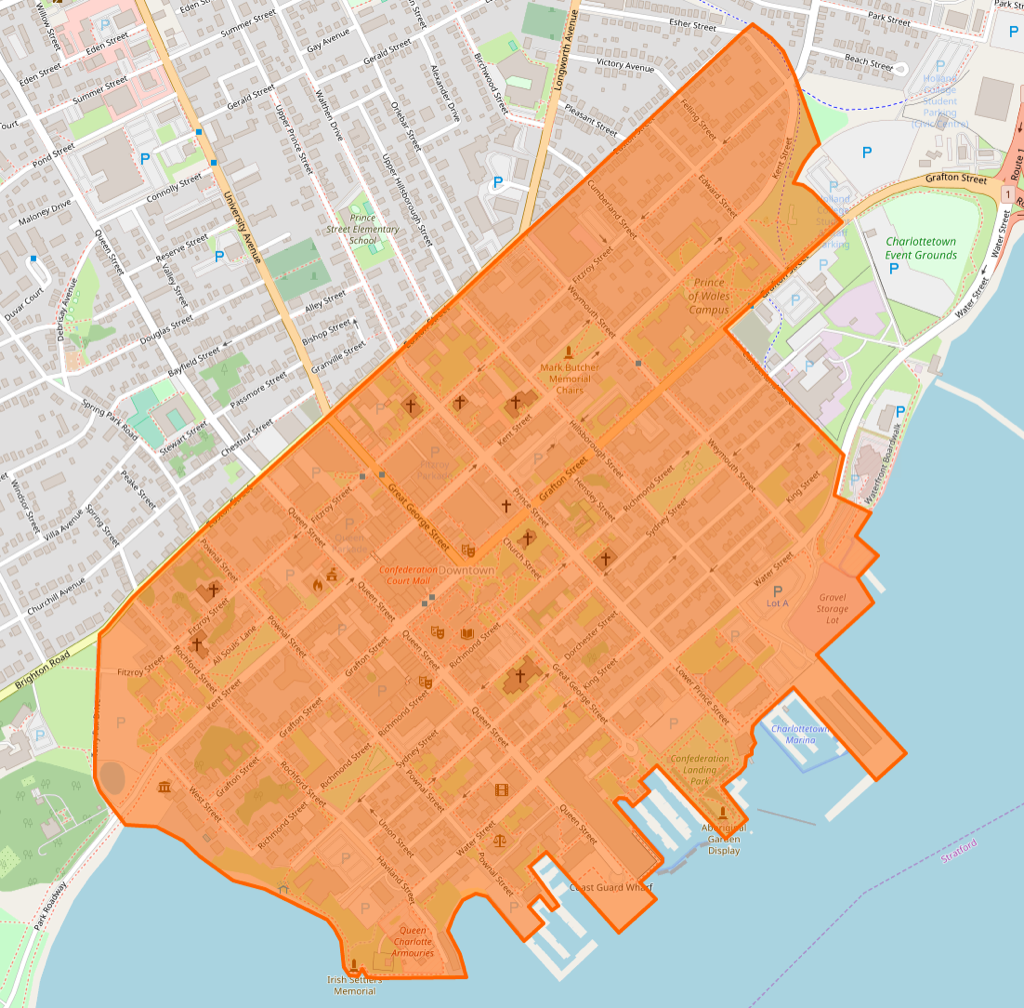
With the area in OpenStreetMap, I ran the same Python notebook code I ran yesterday, substituting this for the second step:
places = {'500 Lot Area' : '500 Lot Area, Charlottetown, Canada',
'Charlottetown' : 'Charlottetown, PE, Canada'
}
The resulting visualization allows a comparison of Charlottetown as a whole with just the 500 Lot Area:
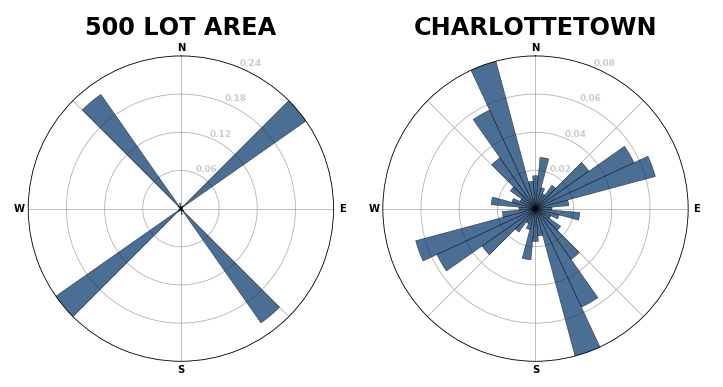
The difference illustrate how strictly orthogonal the historic core of Charlottetown is compared to the rest of the city: the downtown streets run at an angle just shy of 45 degrees from north-south and east-west.
For practical purposes this means that as you walk across the downtown, parallel to the water, you are walking northeast or southwest, and as you walk through the city, up or down between the water and Euston Street, you are walking northwest or southeast.
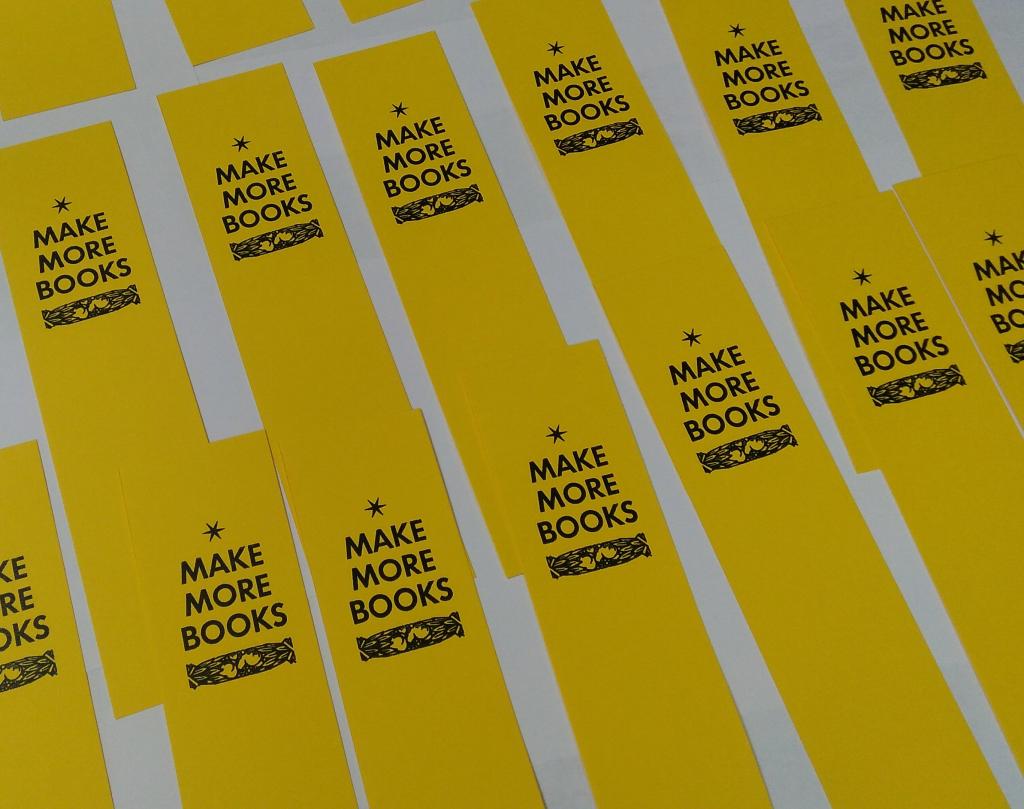
 I am
I am